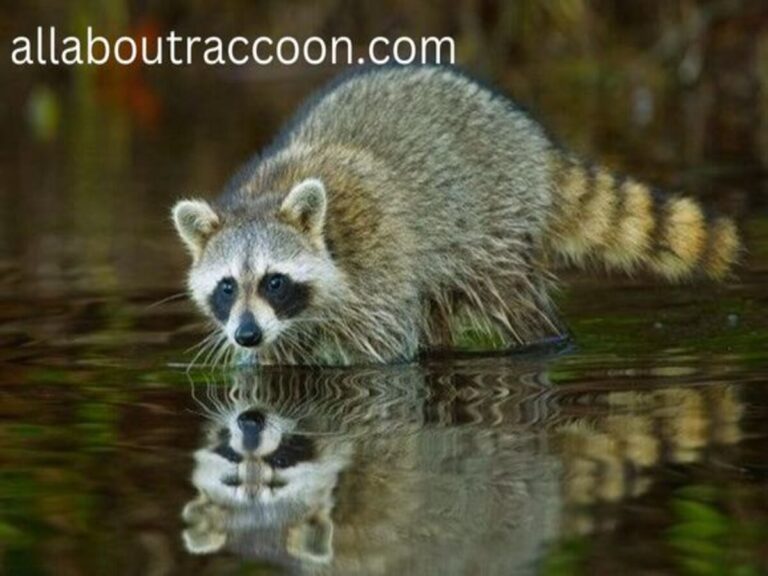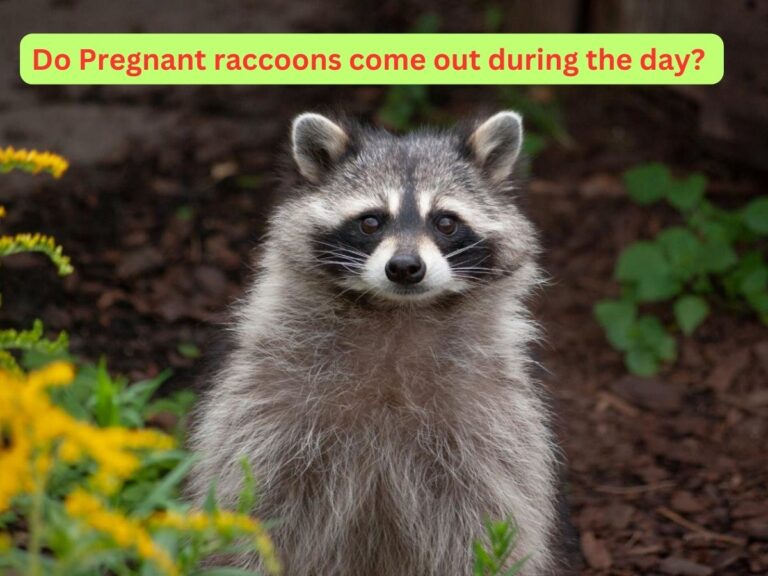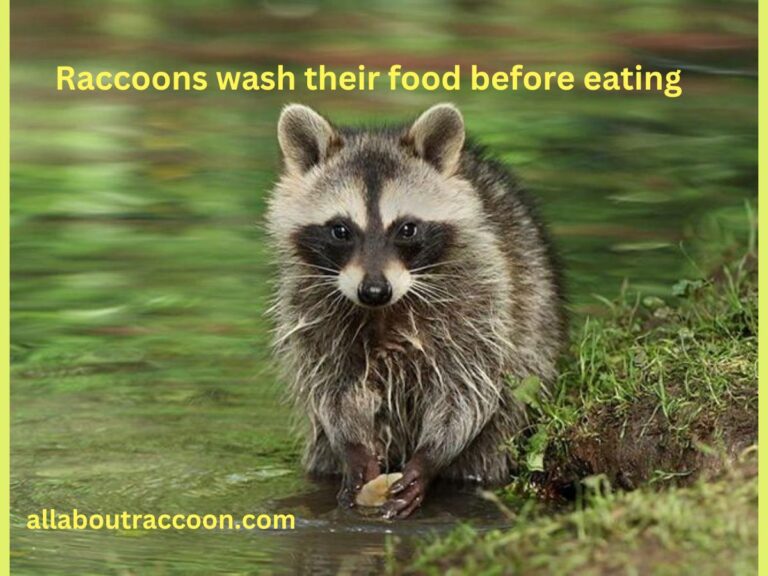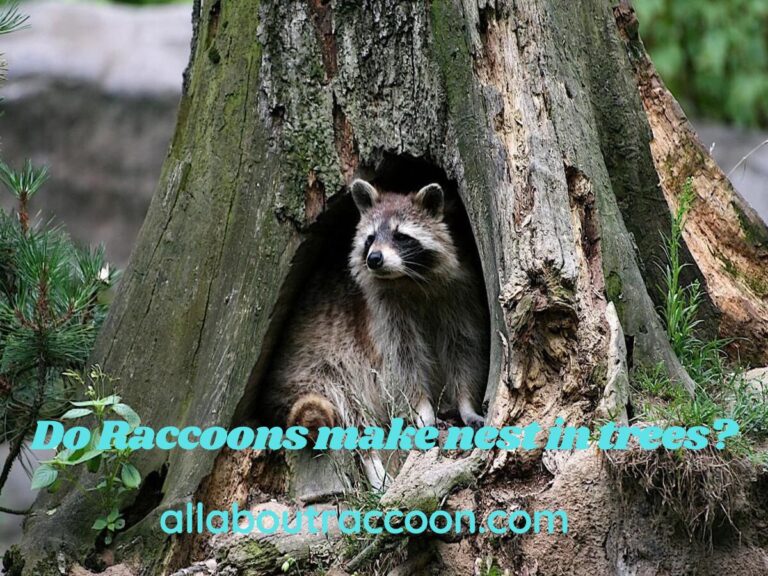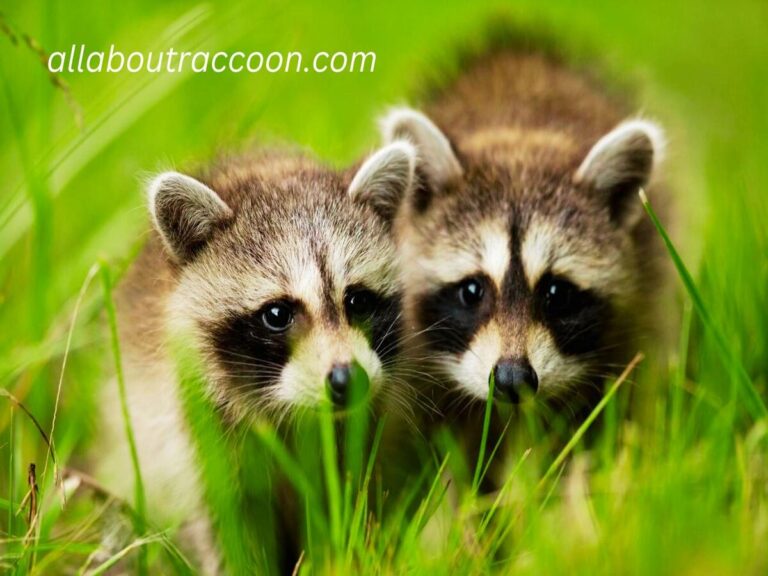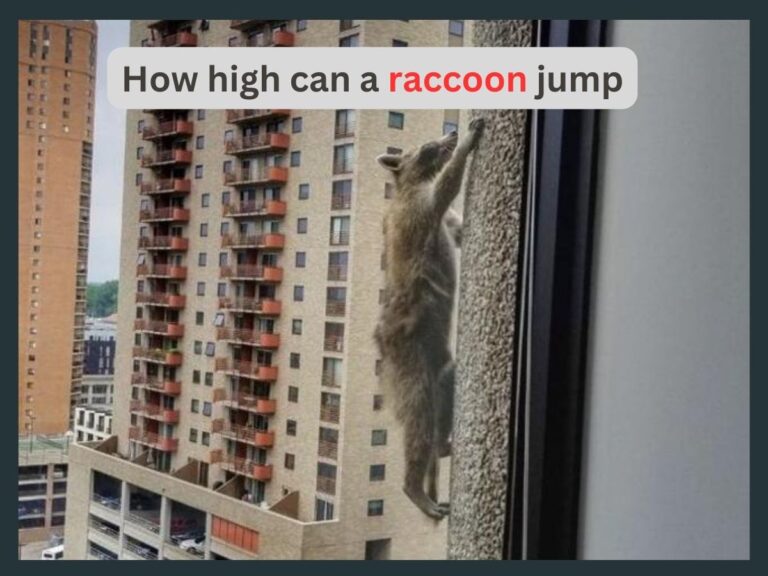What Does a Raccoon Nest Look Like?
When the sun sets a unique world awakens in the shadows of stars. Many creatures become active during nighttime including raccoons. Yes, raccoons! These intelligent and curious creatures come out from their nests during the night. Amazingly their homes are pretty interesting too. Have you ever wondered, “What does a raccoon nest look like?” Well, this article is all about raccoons nesting.
If you want to know about raccoons nesting and how it looks, you have landed on the right web page. Here you will find accurate and authentic information about raccoons nesting.
In this blog post, we’re going to dive into the world of raccoon nests and explore what they’re all about. So, let’s uncover the truth.
Do raccoons make their nests?
It’s an intriguing fact of raccoons’ life that they are not active in nest-making. They don’t actively build their nests like birds. Instead, they move into spots that already exist, where they can hide. Raccoons are adaptable and can make nests both in urban and wild areas.
- The raccoons can make their nests inside burrows, tree holes, Abandoned buildings, caves, and nests abandoned by other birds.
- Raccoons are primarily active during the night. They rest in burrows or dens during the day and emerge from their nests at night to search for food.
- During the winter season, they spend a lot of time in their nests. So they use leaves, grasses, and pieces of cloth to make their nests soft and insulated.
Raccoons have special places for their homes called territories. Inside these territories, they find a cozy spot to make their nests. The size of their nests depends on the size and age of the raccoon. Basically, their territory area ranges from one mile to six miles. The male raccoons have bigger areas than the female raccoons.
What does a raccoon nest look like?
Normally, a raccoon’s nest (den) can vary in appearance depending on the location, available resources, and the raccoon’s preferences. The nest is usually a loose collection of materials formed into a rounded or flattened shape. It may not have a distinct, organized structure like a bird’s nest, but it’s designed to provide comfort and protection.
- Basically, a raccoon’s nest looks like a messy pile of leaves, grass, twigs, and other things. It’s not as neat as a bird’s nest. Raccoons make these nests in places like trees, holes in the ground, or cozy spots in buildings.
- They make some modifications in the burrows to make them fit and useable. For instance, if the hole, burrows, or abandoned nest is small they’ll make the hole’s entrance bigger so they can get in and out easily.
- Additionally, they use things like hay, leaves, tall grass, plant matter, fur, and feathers to make their nests soft and comfortable. But they mostly use whatever stuff they find around them to build their nests.
- In city areas, raccoons typically live under porches, sheds, garages, attics, and even in kitchens. In wild areas, raccoons prefer to make nests in tree cracks, rock crevices, and burrows abandoned by other animals and large birds.
So, “what does a raccoon’s nest look like” basically depends on the geographic locations and the available resources. No doubt, a raccoon nest have an amazing look.
Where do raccoons prefer to make their nests?
Raccoons are known for their adaptability when it comes to nesting. They’re clever animals that can create nests in lots of different places, depending on where they are and if they can find a safe hideout. They’re good at adjusting to both city and wild areas.
Raccoons mostly like to build their nests where they can easily find water and food. They tend to live close to water sources and pick spots with lots of plants(vegetation) around. They take food from the water like fish, frogs, crustaceans, etc. Similarly, trees are also a good source of food for raccoons. Trees provide them with fruits, insects, and small animals like squirrels.

Raccoon’s natural nest places:
However, raccoons prefer to make their nests in some common or natural places as described below:
1. Tree Hollows:
Raccoons find safe spots to live, and they often choose tree holes. They’re good climbers, so they climb up trees to check for holes that look safe and big enough. Once they find a good hole, they gather leaves, twigs, and grass to make a soft bed inside. They shape this bed to fit them just right and use their body warmth to make it cozy. But if they can’t find a tree hole, raccoons are smart and can use other hidden places to stay safe and comfortable.
2. Abandoned bird nests:
Sometimes, raccoons like to live in old bird nests. They can climb trees easily, so they find nests made by big birds, like owls or hawks. These nests are big and high up in trees, which keeps raccoons safe from enemies. Additionally, the leaves and branches also hide them. In truth, these nests are strong and cozy because birds build them well. Thus, raccoons feel comfy in these nests all day long.
3. Abandoned burrows:
Raccoons are smart about finding homes. They sometimes use old homes made by big animals like foxes and skunks. These homes are called burrows. When these animals are done with the burrows, raccoons move in because the size is just right for them. Raccoons aren’t the best diggers, but they’re good at finding bugs in the ground. They like these burrows because they’re safe and warm.
4. Crevices in rocks:
Raccoons are smart about picking homes where they feel safe from danger and can find food easily. If a rocky spot gives them these advantages, they’ll be happy to move in. So, they can also make their nests in the crevices of large rocks. However, rocky crevices are not their top choice.
5. Dense vegetation:
Raccoons can also build nests in dense vegetation, such as thickets, shrubs, and tall grasses. In short, raccoons are highly adaptable to make their nests.
Raccoons’ man-made nest places:
Raccoons can make their nests in man-made structures. Here is a brief view:
1. Attics and Chimneys:
In urban and suburban settings raccoons can sometimes move into people’s attics and chimneys. They get inside through openings or accidentally fall chimneys. Once they’re in, they use things like grass, paper, and other stuff to make a soft place to rest. In attics, they pick a hidden corner to make a nest.
2. Crawl Spaces and Basements:
Similar to attics, raccoons are known to make nests in crawl spaces and basements of buildings. These areas can provide raccoons with shelter, protection, and a place to raise their young. Raccoons are skilled at finding openings and using them to access these spaces.
3. Brush Piles and Decks:
Raccoons also create nests in dense brush piles, rock crevices, or natural dens in the ground. Additionally, the space underneath decks and porches can provide raccoons with a hidden spot to build nests. In wooded areas, raccoons also build nests in piles of logs or fallen trees.
4. Abandoned Buildings:
Raccoons take advantage of abandoned or partially destroyed buildings as nesting sites. So, they make nests in abandoned buildings. They like places that are safe and hidden, so empty buildings provide them with a good spot to live. They are skilled climbers and can easily access these areas, making them suitable places for them to create nests or dens.
What is the nesting season of raccoons?
Raccoon nesting seasons can vary based on geographic location and climate conditions. But normally raccoons make their nests in January to June as it is their breeding season. They make nests to breed and raise their young. So their breeding season is during late winter to early spring, typically between January and April in North America. This timing ensures that the young raccoons, known as kits, are born when food sources become more abundant and the weather is milder.
Conclusion:
So, “What does a raccoon’s nest look like” To sum it up, raccoon nests are well-designed. They use leaves, hay grass, twigs, and feathers, to make their nests soft and comfortable. Raccoons are very adaptable as they can live in both wild areas and urban settings.
They make their nests in burrows, trees, chimneys, attics, garages, basements, crawl spaces, decks, abandoned buildings, rocks, etc.
FAQs:
A raccoon nest in a tree is like a cozy bed. Raccoons find a safe spot in a tree and make their nests. The nest is usually in a hole or opening in the tree. They gather leaves, twigs, and grass to make it comfy inside. Additionally, they also use an old bird’s nest if it’s available. This special spot keeps them safe from other animals and bad weather.
To identify a raccoon nest, check trees for holes that raccoons could use. If you see soft stuff like leaves nearby, scratches on the tree, or poop close by, it might be a raccoon nest. if you see raccoons coming or going, especially in the evening, it’s probably their nest.
Yes, raccoons make nests in trees. They’re good climbers and use tree hollows to make soft and comfortable nests. These nests keep them safe from enemies and help them raise their babies.


